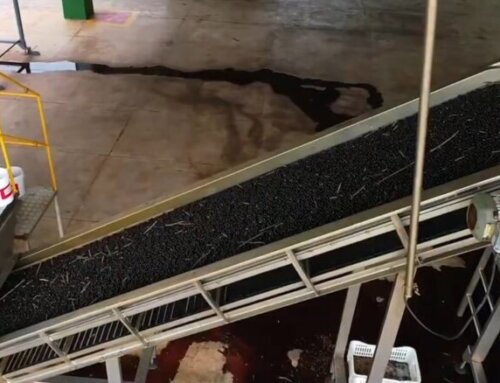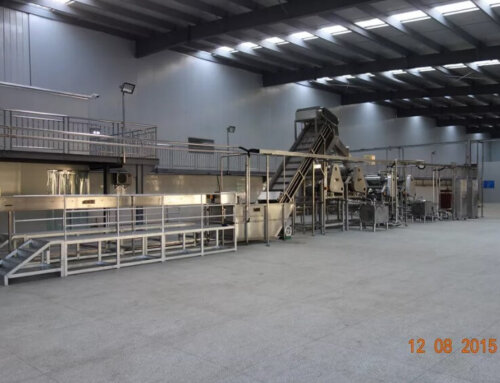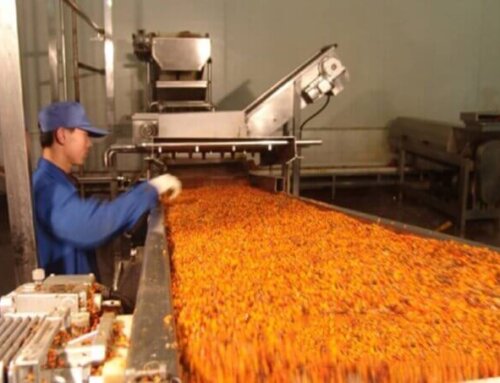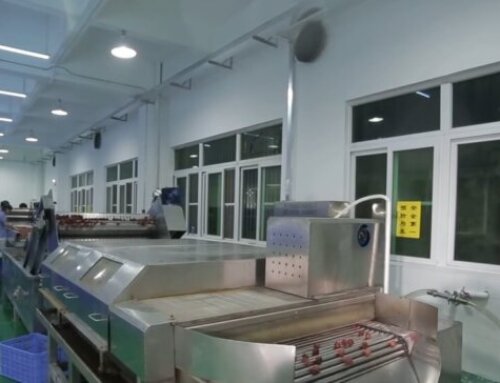Project Description
Cactus Pear Processing Line
Cactus Pear Processing Line Description
- The cactus pear is grown in Mexico, Algeria, the Middle East and other desert area. It is originated in the tropical and subtropical Americas and, wild or cultivated, it can be found in a wide variety of agroclimatic conditions across the entire American continent. The plant has spread further – carried by people as they traded and settled – to Africa, Asia, Europe and Australia, where the cultivated and wild plants continue to provide food and materials.
- Cactus juice is mainly the liquid in the cactus and has rich nutritional value. It is rich in polysaccharides, which can effectively resist oxidation. Delay skin aging. In addition, cactus juice contains certain amino acids, which can provide energy for the body’s metabolism, and has a certain effect of lowering blood pressure and blood lipids. It has a good auxiliary treatment effect for some patients with high blood pressure and hyperlipidemia. Cactus juice also contains a variety of minerals, such as zinc lining and manganese ions, which can supplement the minerals needed by the body, increase immunity, and play a certain role in sterilization and anti-inflammatory.
- The fruit is composed of cactus pear and cactus cladodes, both parts can proceed into juice, and the cactus pear can proceed into puree and jam.
- Cactus pear processing line can proceed into cactus juice/nectar, single-strength cactus puree or concentrated puree, cactus pear seeds oil, powder, syrup or jam, and the end products can be filled into bottles, cans, pouches or aseptic bags.
- The cactus pear processing machine is composed of the cactus pear washing machine, cactus pear sorting machine, cactus pear peeling, crushing and pulping machine, cactus pear pulp refine machine, cactus pear decanter centrifuge separator, cactus pulp evaporating machine, cactus puree or juice sterilizer, cactus juice or pulp filling machine, CIP system, RO water treatment system.
- The capacity of the cactus pear processing plant is from 1 ton per day to 300 tons per day. All the machines are made of SUS304 material to ensure hygiene conditions.
- The cactus pear processing plant is flexible and fully customized according to the client’s requirements and budgets.
Cactus Pear Processing Line End Products
Cactus pear juice/nectar: The Brix value is 12 of the cactus juice, it can be produced by fresh cactus pear fruits or diluted by concentrated cactus juice. The end products are mainly filled into bottles, cartons or metal cans.
Single strength and concentrated cactus pear pulp/puree: The concentrated cactus juice is 12 Brix, after concentrating, the juice is 36 Brix. The end products can be filled into 200L poly bags in drums.
Cactus pear seed oil: After the cactus pear seeds are separated from the pulp by the pulping machines or manually, the seeds can be collected together, then after washing and drying, the seeds can be pressed into virgin oil, and the oil after the refined process, can be filled into bottles or jars. The oil yield rate is about 5%-10% depending on different varieties of cactus pear and processing methods.
Cactus pear powder: the cactus pear pulp/juice can be evaporated and spry dried into the powder.
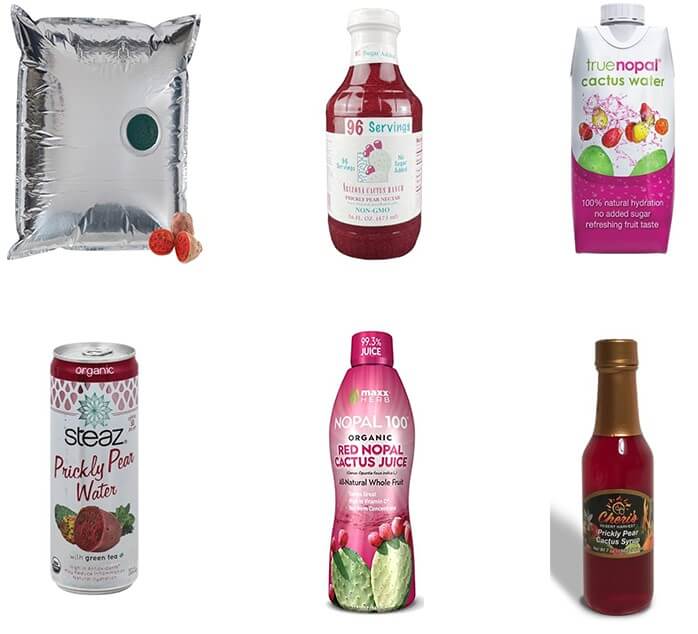
Cactus Pear Processing Line Technological Flowchart
The fresh cactus pear will be washed by air bubble washer and brush washer, through washing, the spines and foreign matters on the surface of cactus will be removed, then use an elevator to lift the fruit to the roller sorting machine. After that, we will get clean high-quality fruits. And then the cactus pear crusher and pulping machine will be used to peel and crush the cactus pear and remove the seeds, after pulping, we get the cactus pear pulp, to remove the big solids in the pulp, the scrape refiner will be used, then after refining, we get the emulsified puree. The refined cactus pear puree can be further centrifuge separated by the decanter to make the cactus pear juice, then after blending with other ingredients, pasteurizing, homogenizing, and filing into containers; the puree can also be evaporated, sterilized and filled into the containers to make the concentrated cactus puree.

Cactus Pear Processing Line Key Machine Introduction
Cactus pear washing machine
Fruit is sorted and washed as it enters the plant. Fruit that is damaged, spoiled, overripe, green, miscoloured, misshapen or not uniform in any way is rejected at this stage. After sorting and before processing, the fruit must be washed with clean water that has preferably been chlorinated (200 ppm). This can be done by immersing the fruits in tanks made from plastic or a similar, easily washable, non-contaminating material. The choice of equipment depends largely on plant throughput and the scale of production. For example, the production line of a microenterprise will contain equipment that is typically modular, simple, small-scale, manually operated and easy to clean. Depending on the quantity of fruit washed, the water should be changed frequently to keep it clean and avoid contaminating the fruit. This is the final procedure before peeling the fruit, which is usually done by hand using sharp knives. The easiest way to peel cactus pear fruit is to cut off the ends, make a slit lengthwise and remove the peel in one piece. This also removes the section of inner skin under the fine epidermis. However, the inner skin is incorporated into some processes to boost yield without affecting the product’s flavor or aroma. It is difficult to remove the thin outer epidermis any other way and most plants remove it along with the peel.


Cactus pear peeling, crushing and pulping machine
The cactus pear will be feed into this machine, and the machine integrates peeling, deseeding and crushing and pulping as one body. The whole machine is made of SUS304 material. For the small capacity cactus pear processing plant, the peeling process can also be done manually with the sharp knife, then the peeled cactus pear will be sent to pulping machine for pulping and seeds removing, and the cactus pear puree yield rate is about 55%-60%.

Cactus pear pulp refiner
The cactus pear refiner is used for further separation of fruit juice, pulp and puree after fruit pulping, to make the cactus pear puree less solid and more emulsified. The whole machine is made of SUS304 material.

Cactus pear juice blending tank and evaporator
The seedless pulp is placed in a tank and the dry ingredients are added: sugar 55–60 percent, citric acid 0.8–1.0 percent and pectin, if required, depending on the characteristics of the fruit being used. Preservatives are also added, such as sodium benzoate and others in accordance with the dosage permitted by national regulations. From here the pulp is pumped into a second steam-jacketed tank and, depending on the plant’s production volume and equipment, it is transferred to a vacuum evaporator or concentrated in the steam-jacketed tank with steam at atmospheric pressure until it reaches 67–68 ºBrix. The vacuum evaporator operates at lower temperatures to protect the product’s organoleptic characteristics. If steam lines are not available, the pulp can be concentrated by direct heating, taking care to prevent the product from sticking to the vessel walls and burning. The concentrated product is discharged into the hopper, which feeds into the filling machine.

Cactus pear juice/puree pasteurizer homogenizer
The cactus juice or puree will be pasteurized by tubular pasteurizer or plate pasteurizer, pasteurizing temperature and time is controlled by PLC, the pasteurizing flowchart is 92-98℃ for 120-150S. Before pasteurizing, according to clients’ requirements, the cactus pear juice/puree can be homogenized under 25-30MPA.

